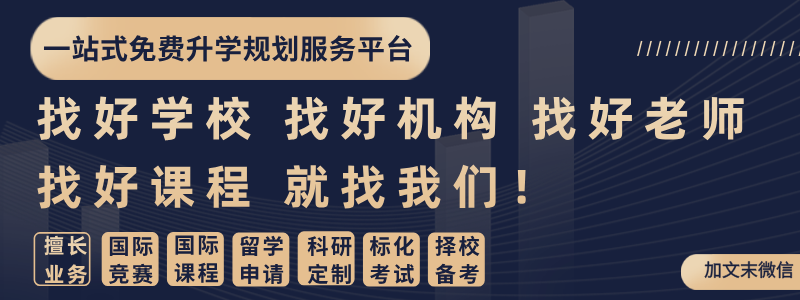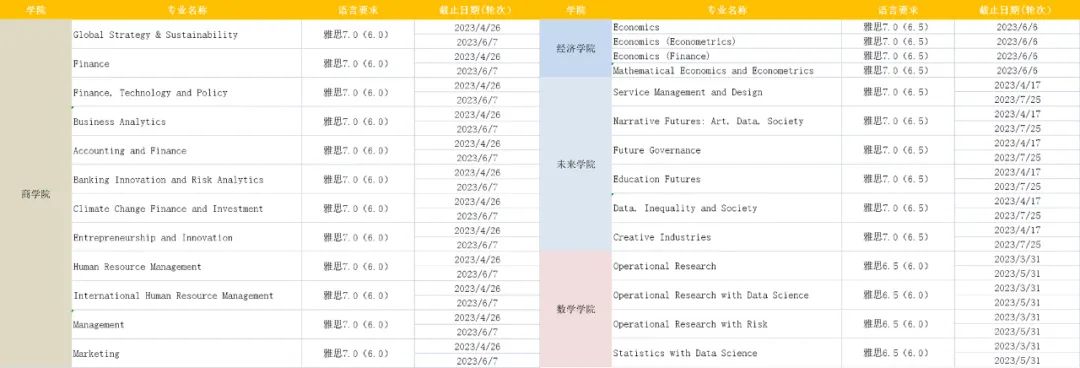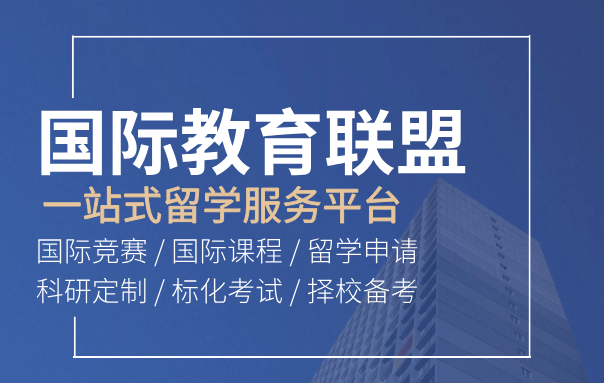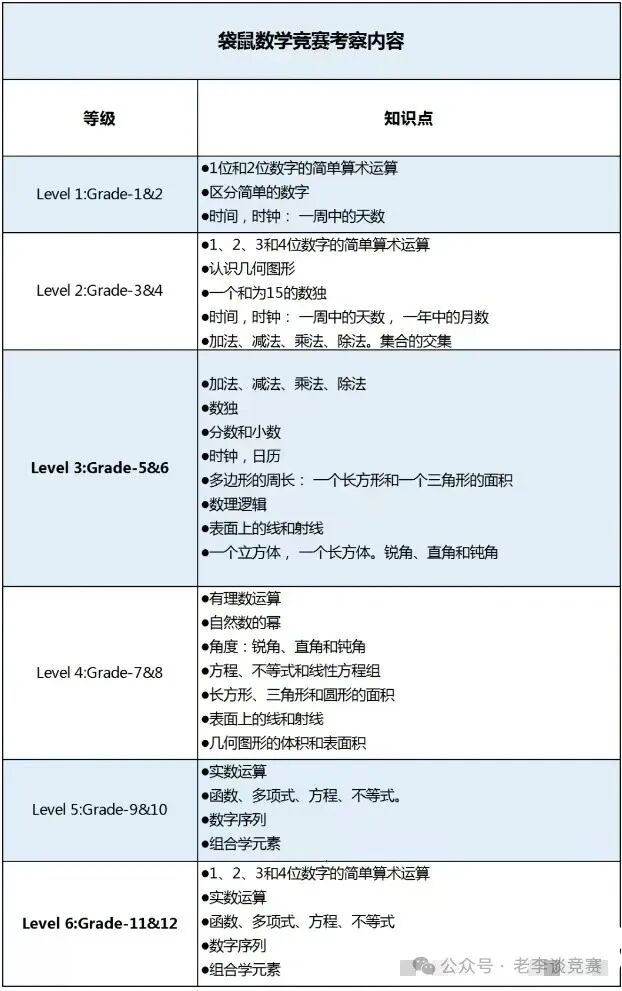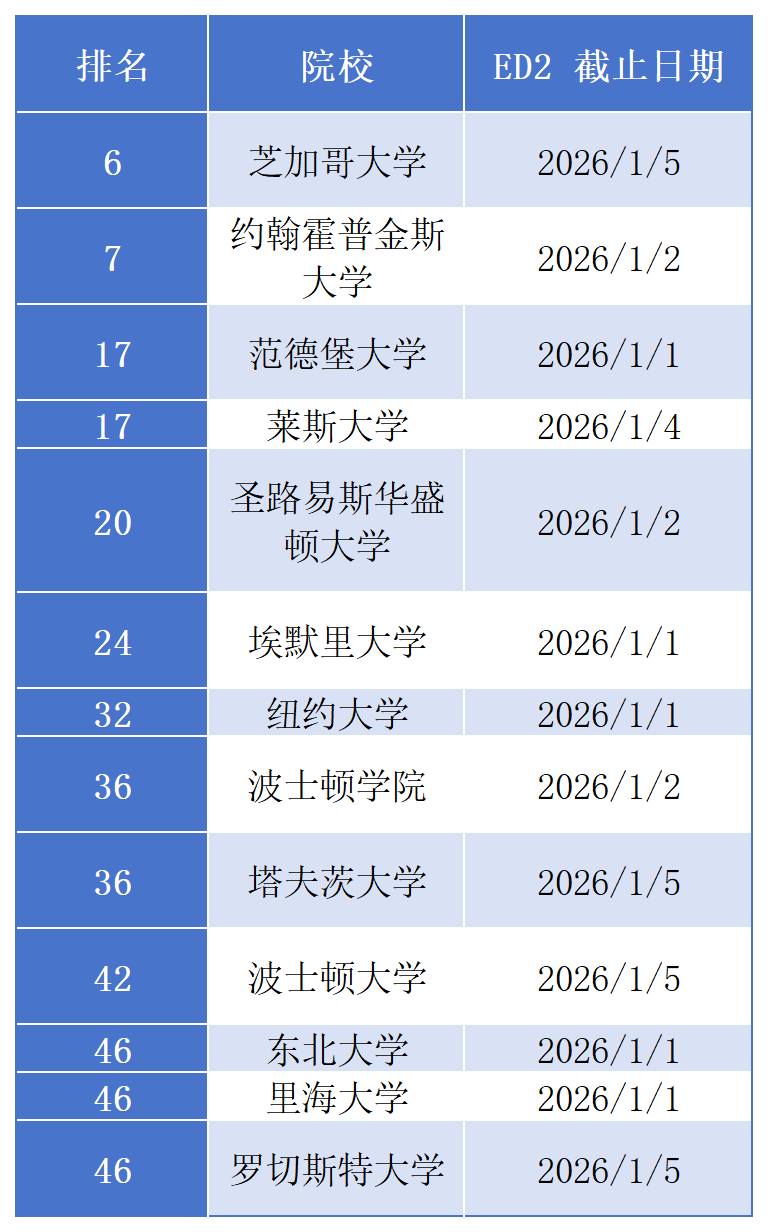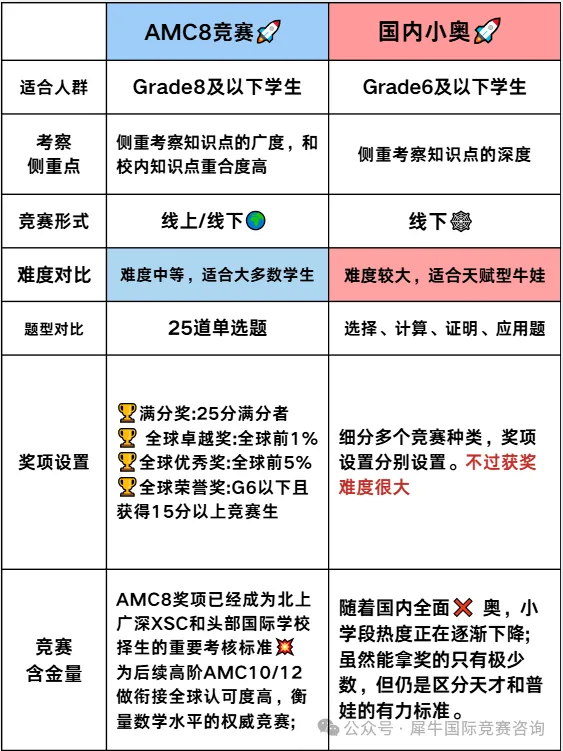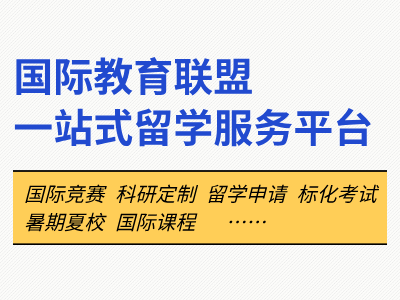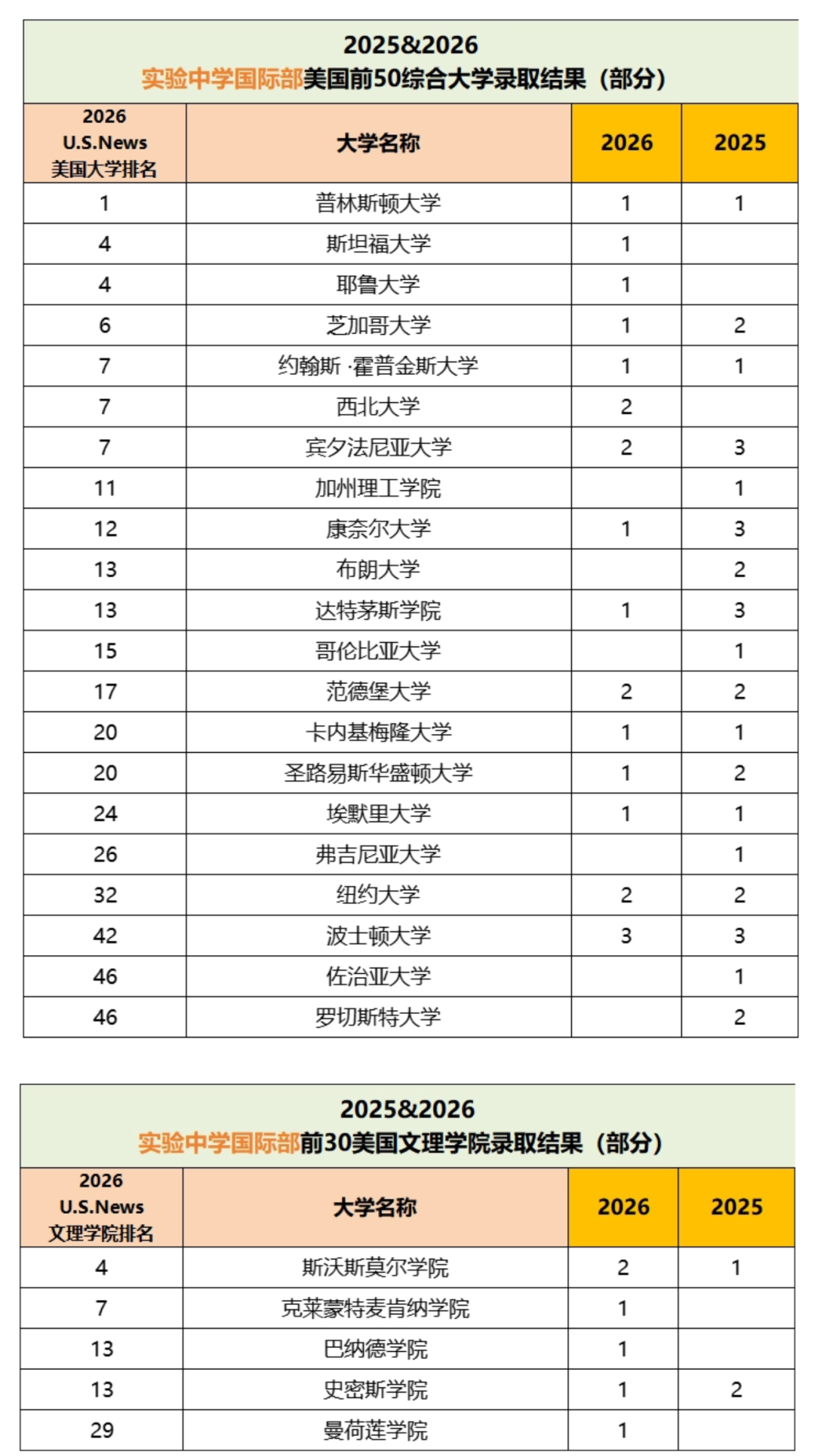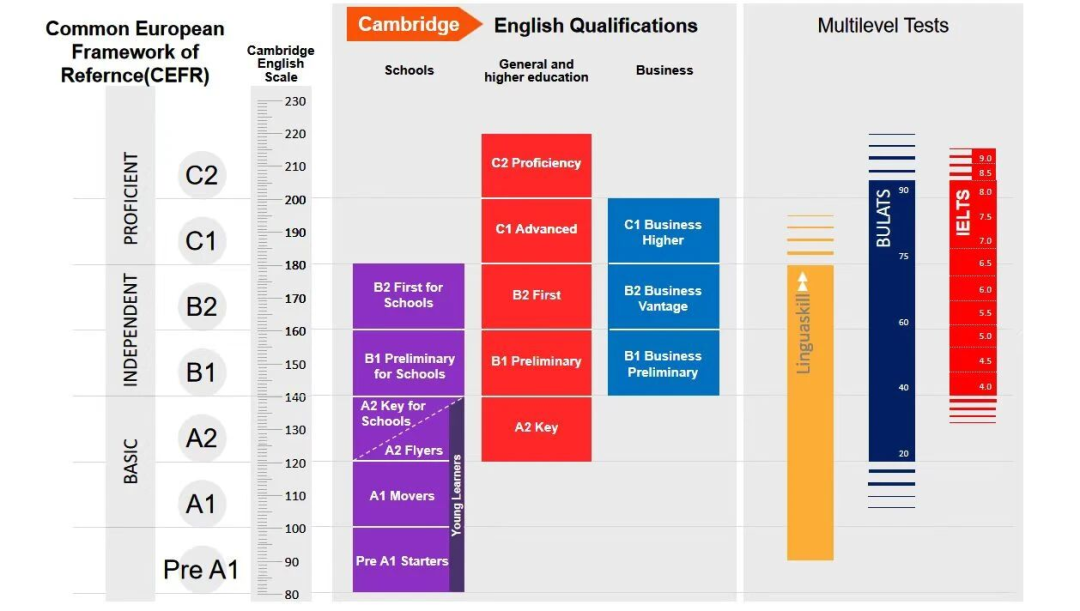Hi,大家好,今天学姐给大家带来的干货是AS经济核心词汇总结part 1,micro的vocabulary definition分享,希望能够帮助到几个月后马上要AS国际考的经济考生。
经济的微观部分知识点分布在以下这三章节,我会按照章节罗列核心词汇~话不多说,现在就往下看吧!
Chapter 1:Basic economic ideas and resource allocation Chapter 2:The price system and the micro-system
Chapter 3:Government microeconomic intervention
Chapter 1 Basic economic ideas and resource allocation Scarcity, choice and opportunity cost
Microeconomics:the study of the choices that individuals and firms make, the way these choices interact, and the influence that government exert on these choices.
Macroeconomics:the study of choices to the economy as a whole.
Economic problem:the situation of scarce resources relative to infinite wants.
Scarcity:a situation where there is infinite wants but finite resources.
Need:a good or service that is essential for living.
Want:a good or service which is not essential for living, but people would like to have for better quality of life/to increase living standard.
Opportunity cost:the best alternative forgone as a result of making choice.
Positive and normative statements
Positive statement:based on facts; right/wrong can be proven.
Normative statement:based on opinions; value judgement cannot be tested.
Factors of production
Land:any natural resources.
Labour:any mental & physical human labour.
Capital:man made resources used in the production of another good.
Enterprise:the financial risk-takers, organizing other 3 factors of production together with the hope of making profit.
Specialization:is the process by which individuals, firms, regions or whole economies can concentrate on producing those products is which they have an advantage on.
Division of labour:the process whereby work is split into individual tasks to allow workers to specialize.
Productivity:output per workers per time period.
Resource allocation in different economic systems and issues of transition
Free market economy:an economy where decisions about the allocation of resources are taken in the private sector by producers and consumers.
Planned economy:an economy that has no private sector with the state owning and controlling all the resources in the economy.
Mixed economy:an economy where decisions about the allocation of resources are taken both in public and private sector.
Transitional economy:is an economy where it transits from a planned economy to a more free market economy.
Shock therapy:refers to a quick transition from a planned to market economy with a sudden release of price and currency controls,immediate trade liberalization within a country and usually also including large scale privatization.
Gradual transition:refers to a slow transition from a planned to market economy when reforms are done gradually.
Price liberalization:deregulation of price /removal of price controls and removal of wage controls.
Trade liberalization:allow FDI, removal of capital control.
Primary sector:all activities in an economy that are concerned with extracting natural resources. For example, farming, mining and fishing. These are referred to as primary resources.
Secondary sector:all activities in an economy that are concerned with manufacturing or construction. The process of basic materials into semi-finished or finished products. For example, car manufacturers.
Tertiary sector:industries which produce services that are supplied to firms in all types of industry and directly to the consumers. For example, banking, insurance, hairdressers.
Quaternary sector:knowledge-based part of the economy which includes services such as IT, media, R&D(research and development), education, consultation, financial planning, blogging, designing.
Production possibility curves
Production possibility curve (PPC):a curve that shows the maximum output of two types of products and the different combinations of those products that can be produced with a given amount of resources.
Money
Money:anything that is generally accepted as a means of exchange.
The characteristics of money:
Acceptable–needs to be generally accepted
Recognizable–can be easily recognizable
Divisible–can be divided into smaller unit and denomination
Uniform–that each coin or note is uniform
Durable–needs to be relatively durable
Portable–needs to be convenient to carry
Scarce–needs to be scarce to be of value
Stability of supply–need stable supply
Stability of value–need stable value
Function of money:
A medium of exchange–money allows economic agents to exchange goods without the need for barter
A unit of account(measure of value)-money as a common unit of account enables us to compare the relative prices of goods and services.
A standard for deferred payment–money enables people to borrow money and pay it back at a later date, this allows credit and incentive to trade.
A store of wealth–individuals can choose to forgo consumption now and save to increase their spending power in the future.
Barter:the swapping of goods & services
Double coincidence of wants:what one person wants to sell or buy must coincide with what another person wants to buy or sell for there to be a trade.
Bank deposits:are money held in accounts with a financial institution such as a bank, building society , or friendly society.
Cheques:is written instruction to a financial institution to pay an amount of money from an account and is not a form of money.
Near money:is an asset that can be quickly turned into money, but is not actually money.
Liquidity:a term used to indicate how easy it is to turn a financial asset into cash without capital loss.
Classification of goods and services
Private goods:are goods that are scarce and have an opportunity cost in terms of resources used.E.g. Televisions, desks, mobile phones.
Free goods:goods which are not scarce, so choices do not need to be made on how to allocate them since they are freely available and have no price attached to them e.g. Air, sunshine.
Allocative mechanism:the method on how scarce resources are allocated in an economy.
Public goods:goods that are non-excludable and non-rival in consumption, hence, they need to be financed by taxation.
Non-excludability:where it is not possible to stop a person from benefiting from its consumption.
Non-rivalry:is when the consumption of the product by a person does not reduce someone else’s ability to consume it.
Free riders problem:is, due to the characteristic of non-excludability, it is impossible to exclude those who had not paid for the product eg. Police, fire service, defense.
Non-rejectability:refers to the extent the consumption of some public goods cannot be rejected.
Quasi-public goods:are goods that have some but not all characteristics of public good.
E.g. Anything that is overcrowded and thus become rival, such as cinema, road, traffic jam.
Externalities:are costs or benefits which can affect third parties.
Merit goods:goods which would be under-produce and under-consumed if left to market forces. For example, education, health care, library.
Demerit goods:goods which will be over-produced and over-consumed if left to market forces. For example, tobacco, alcoholic beverages.
Normal goods:goods where demand increases when income increases.
Inferior goods:goods where demand decreases when income increases.
Chapter 2 The price system and the micro-economy Demand and supply curves
Effective demand:the quantity of a good or service an individual is willing and able to buy over a range of prices over a period of time.
Effective demand=the demand at the point of equilibrium where aggregate demand equal to aggregate supply.
Latent demand:the quantity of a good or services an individual is willing but not able purchase over a range of prices over a period of time.(could be lack of fund, or don’t know the product)
Notional demand:latent demand + effective demand
Disposable income:the income left after direct taxed are paid.
Law of demand:states that as the price of a good increase, the quantity demanded decrease, ceteris paribus.
Extension of demand:the movement along the demand curve when Q increases due to price fall.
Contraction of demand:the movement along the demand curve when Q decreases due to price rise.
Increase in demand:when the demand curve shifts to the right.
Decrease in demand:when the demand curve shifts to the left.
Quantity demanded:the total amount of a good that individuals are willing and able to buy for a specific price.
Individual demand schedule:a table giving the different quantities demanded of a product at different prices by an individual or firm.
Market demand schedule:a table giving the different quantities demanded of a product at different prices by every individuals or every firm.
Market demand curve:is the horizontal summing up of the individual demand curves for a product.
Price elasticity, income elasticity and cross-elasticities of demand
Price elasticity of demand:The responsiveness of the proportionate change in quantity demanded to a proportionate change in price.
Income elasticity of demand:the responsiveness of the proportionate change in quantity demanded to a proportionate change in income.
Cross elasticity od demand:the responsiveness of the proportionate change in quantity demanded to a proportionate change in price of another good.
Price elasticity of supply
Price elasticity of supply:the responsiveness of the proportionate change in quantity supplied to a proportionate change in price.
Interaction of demand and supply
Market equilibrium:is where demand equals supply and where is no tendency for price to change.
There are no shortages or surpluses.
Market disequilibrium:is a situation where demand does not equal to supply and there is a tendency for the price to move towards the equilibrium.
Market equilibrium and disequilibrium
Substitute goods:goods that are alternatives to each other.
Perfect substitute:a good that can be used in exactly the same way as another good.
Complementary goods:are goods that are demanded together.
Perfect complementary goods:a good that must be consumed with another good.
Derived demand:the demand for a good or service, depends on the demand for the good which use it.
Joint supply:is when two or more goods are produced together so that the increase in quantity supplied of one good leads to increase in supply of another good.
Competitive supply:are alternative products that a firm could make with its factors of production so that an increase in supply of one leads to the decrease in the supply of another.
The workings of the price mechanism:rationing, signaling, and the transmission of preference.
The rational function:prices serve to ration scarce resources when the demand in the market outstrip supply. Where there is a shortage of the product, the price rise will deter some consumers from purchasing the product. Some customer who lack the effective demand will be priced out of the market.
The signaling function:is when a change in demand from customers, leads to a change in price. This price change acts as a signal to suppliers to change output.
Transmission of preferences:Is the automatic way in which market allow the preferences of consumers to be made known to producers.
Consumer and producer surplus
Consumer surplus:is the difference between the maximum price an individual is prepared to pay and the price actually paid.
Producer surplus:is the difference between the maximum price a firm is willing to accept, and the price received.
Chapter 3 government microeconomic intervention Maximum and minimum prices
Maximum price:is a price ceiling set below the equilibrium price so that the market price cannot go above it.
Minimum price:is a price floor set above the equilibrium price so that the market price cannot of below.
Taxes
Direct tax:a tax that is taken directly from the worker by the government.
Indirect tax:a tax that is taken indirectly via taxation on goods.
Valorem tax:a percentage tax e.g. VAT.
Specific tax:when there is a fixed amount of tax per quantity.
Impact of tax:refer to the initial burden of tax.
Incidence of tax:refer to the final burden of tax.
Average rates of taxation:is the total amount paid in taxation over the total income.
Marginal rates of taxation:is the tax rate paid on each additional income earned.
Progressive tax:is a tax that takes a higher percentage or tax from those higher income.
Regressive tax:is a tax that takes a lower percentage of tax from those with higher income.
Proportional tax:is a tax that takes same percentage of tax from those with higher income.
Canons of taxation:the principles of taxation for a good tax:
1.Canon of economy:the cost of collection should be low relative to the revenue from taxation.
2.Canon of transparency:the timing of collection and the amount tl be paid should be clear and certain.
3.Canon of convenience:the means and timing of payment should be convenient to the taxpayer.
4.Canon of equity:taxes should be levied according to the ability yo pay.
5.Canon of productivity:fewer taxes with large revenue.
6.Canon of elasticity:the taxes can be easily adjusted.
7.Canon of simplicity:system of taxation should be as easy as possible.
8.Canon of diversity:diversifying the tax sources in order to be more prudent and flexible.
Subsidies
Subsidies:subsidies are direct payments made by governments to the producers of goods and services.
Transfer payments
Transfer payments:Payments made by one person or a group to another but not in return for goods or services.
Direct provision of goods and services
Direct provision:is when the government decides to provide goods and services itself.
Indirect provision:when the government indirectly provide public services by contracting out all or part of the public services to private firms.
Nationalization and privatization
Nationalization:happens when governments take over a private sector business and transfer it to the public sector.
Privatization:the sale of a state-owned public sector business to the private sector.
以上就是学姐个人总结的A1经济微观的key words definition,希望能够帮到大家。下一篇part 2学姐会分享A1经济宏观的词汇,请多多期待哦!


